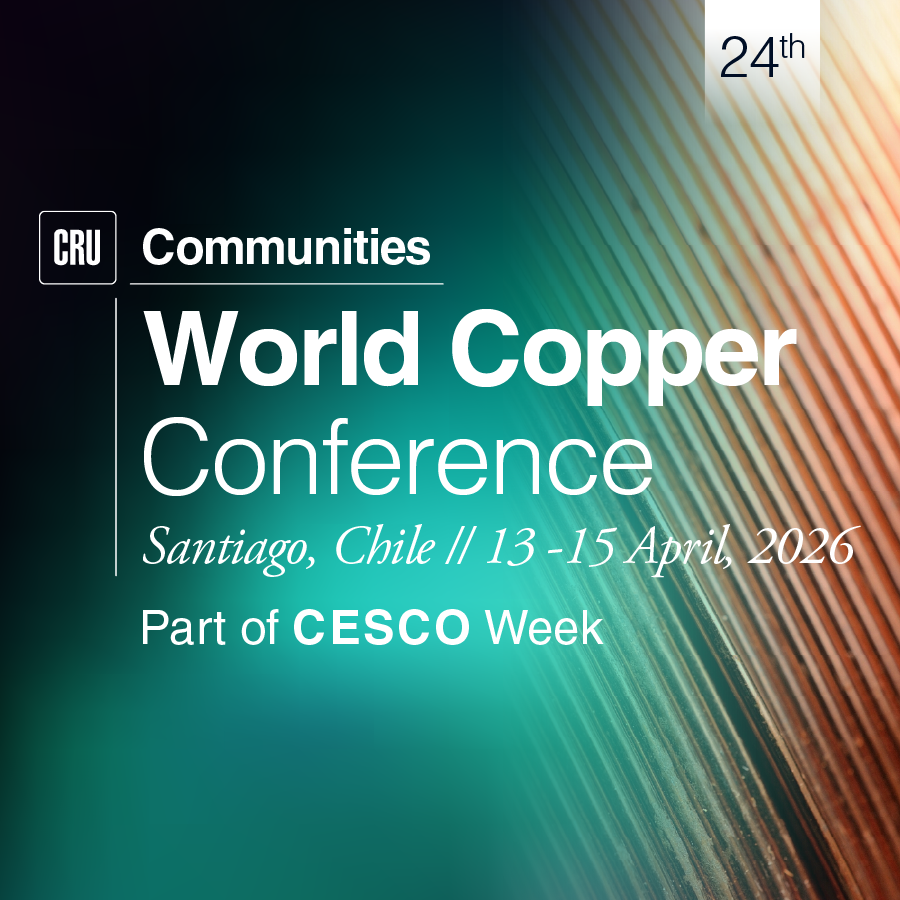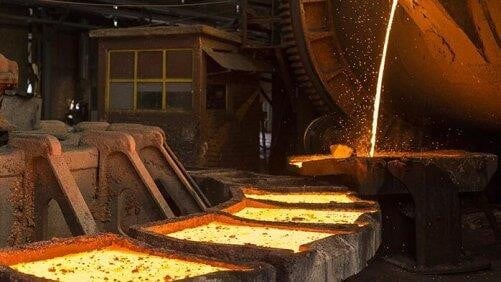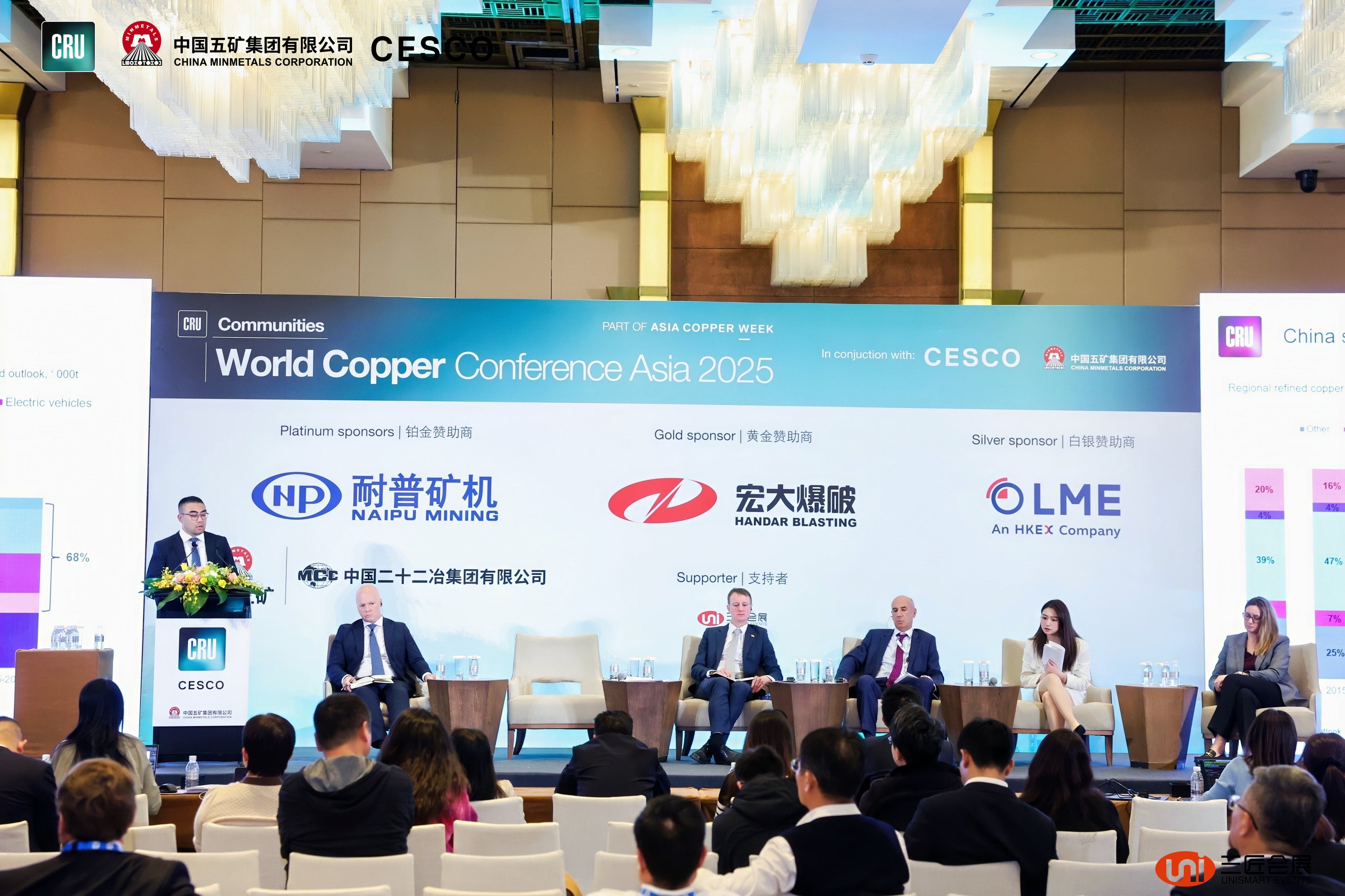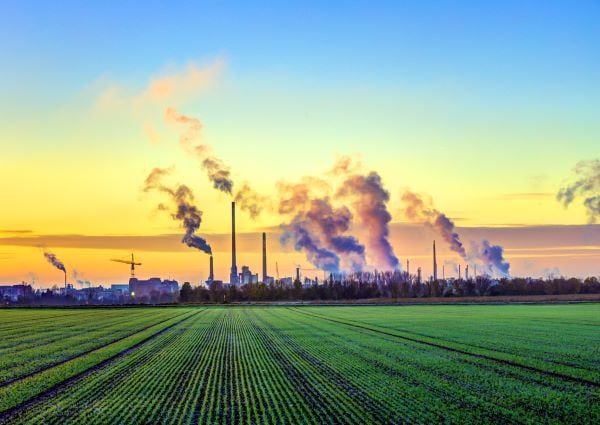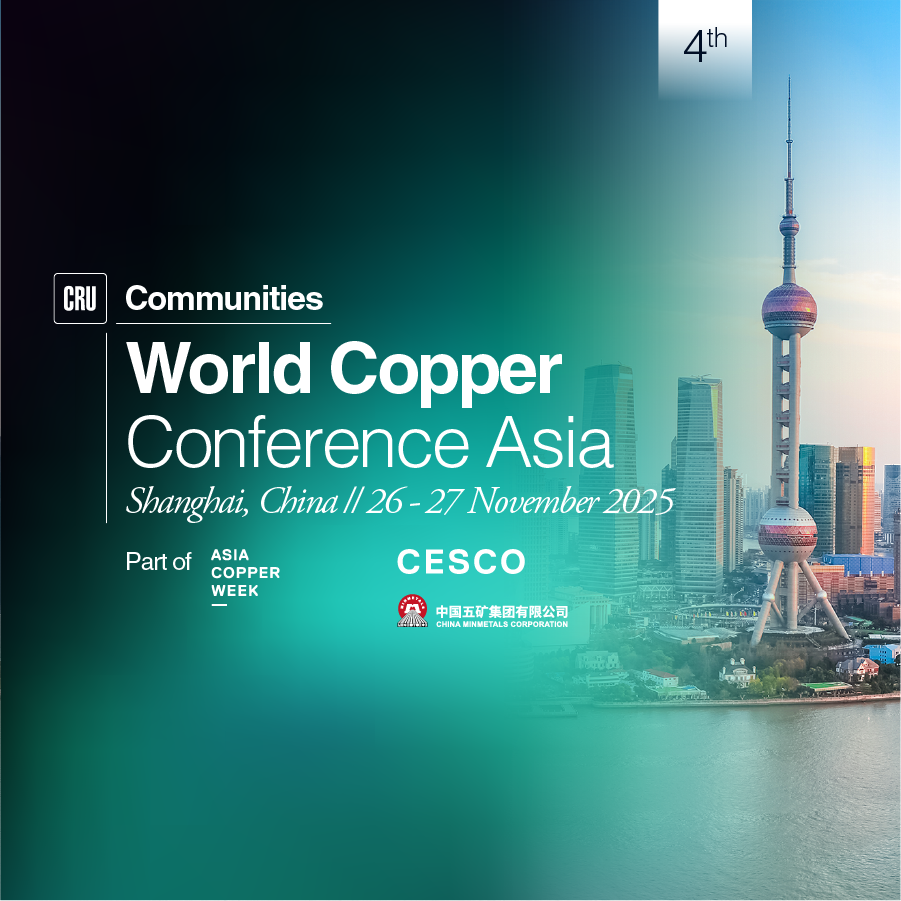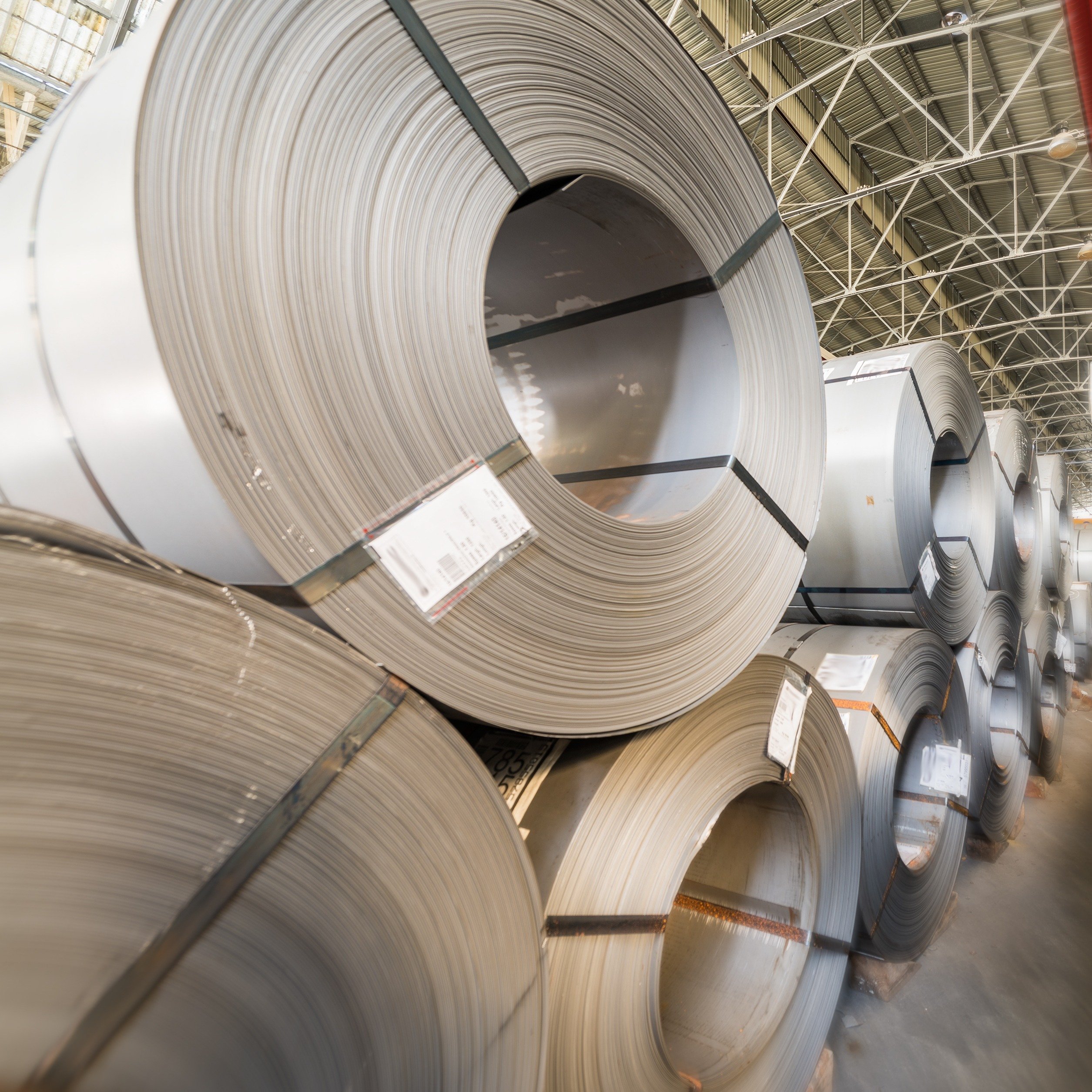As we concluded in our recently published Copper Long Term Market Outlook (CLTMO), to meet get-fuelled demand in the middle of the next decade, the supply side will need to deliver an average of ~750,000 additional tonnes of copper growth each year. To this end, how mining companies deploy investment capital will be crucial, and none more so than the world’s largest miner – BHP.
To grow their copper portfolios and please shareholders looking for increased leverage to the red metal with the electrification of the global economy, miners essentially have three choices:
- Buy tonnes in operation today from competitors
- Increase/extend productivity from within their existing portfolio of assets, or
- Explore and develop target deposits.
BHP has been at the heart of this 'buy vs. build' debate in recent years – a consequence of its strong earnings that provide opportunities for copper growth, and due to its portfolio strategy centred on Tier 1 assets, which by definition, limits the number of organic growth projects compared to previous eras. Following its unrequited AU$75 bn tilt at Anglo American last year, in the company’s presentation of the latest half year financial results, BHP included an estimate of prevailing copper producer market valuations at the capital intensity equivalent (CIE) of $50,000 /t. This prompted CEO Mike Henry to recently say: “The opportunities to create value for shareholders through acquisitions of current producing assets, or assets that have near-term growth, look pretty challenging”.
Indeed, the premium for Tier 1 operating assets seems to have risen considerably. By comparison, when South32 bought a 45% stake in the 180 kt/a Sierra Gorda mine in Chile in 2021, they paid a CIE of $17,700 /t, concurrently assessing pure play copper peers at $29,200 /t. Today’s elevated valuations have held back corporate transactions so far in 2025, with only $3.1 bn in M&A specific to the copper industry, despite Harmony’s acquisition of the CSA mine last week from MAC for $1.03 bn (CIE of <$26,000 /t but at 40 kt/a, not a Tier 1).
Can we build it … yes, we can!
So, if buying tonnes seems prohibitively expensive, what of developing existing assets? In the last 18 months, the world’s largest copper companies have invested over $14.1 bn to deliver a collective ~725,000 t of capacity from their portfolios of the world’s best mines, with economies of scale enabling their delivery at an average CIE of 19,400 /t. Admittedly, this average masks a wide variation as, for existing mines, operating costs are more important in the returns equation – from Codelco’s Rajo Inca at El Salvador (CIE $34,300 /t) to Ivanhoe and Zijin Mining’s Kamoa-Kakula Phase 3 (at just $4,400 /t).
Looking ahead, Antofagasta has the funding in place for the Centinela 2nd Concentrator ($25,900 /t); while BHP, Glencore, Teck and Mitsubishi are progressing with the Antamina Extension ($20,000 /t) for first production in 2027 and 2029, respectively. Additionally, Freeport McMoRan has approved the development of the Grasberg Kucing Liar deposit ($15,000 /t), while also targeting an investment decision on the Bagdad Extension ($30,025 /t) before the end of this year. Although there have been cost overruns – notably at Teck’s Quebrada Blanca 2 ($34,300 /t) – in general large-scale brownfield developments have been an efficient use of investment capital for copper growth in recent years.
Then there is the construction of new greenfield projects, like BHP and Lundin Mining’s JV assets on the Argentinian side of the Vicuña district, i.e. Filo del Sol ($12,940 /t) and Josemaria ($23,330 /t). However, these are only now possible due to many years of exploration and development work. As has been well documented, the discovery of large high-grade ore bodies has fallen in recent years, in part due to the relatively low level of exploration spending undertaken by the industry’s leading players. This is why business development teams are increasingly turning their attention to known projects that have sat on the sidelines for many years, or collaborating to jointly develop ore bodies – as Codelco and Anglo American are doing at Los Bronces and Andina.
Even exploration successes like BHP’s Oak Dam, with its target 65 km southeast of Olympic Dam in South Australia, will require significant commitment and patience. So, while the company was able to release a maiden Inferred Resource for Oak Dam in October 2024 (1,340 Mt at 0.66% Cu, 0.33 g/t Au), this took nearly six years from when drill hole AD-23 offered up 425.7 metres of 3.04% Cu and 0.59 g/t Au. Moreover, BHP’s FY2024 results specifically mention the drag on Group EBITDA from $118 million spent in getting to this milestone.
Further challenges lie beyond FID
Even if we assume exploration is successful, victory is still far from assured. As outlined in the CLTMO (request a demo here), projects are taking longer to build, with the average time taken in engineering, permitting and construction (EPC) rising significantly, especially for Tier 1 projects with copper production capacity of >100,000 t/a. However, we believe there is also a significant risk to copper growth being widely overlooked – the availability of EPC contractor manpower to undertake the projects required to close the supply gap.
Here we have calculated that available manhours would need to rise by almost 50% above the maximum deployed since the beginning of the last decade, back in 2012 and 2013 when the likes of Antapaccay and Oyu Tolgoi were under construction. Additionally, copper projects will have to compete with other industries for these scarce resources. Will EPC contractors be willing to take on the elevated execution risk that comes with projects at altitude, like Filo del Sol (5,100 m above sea level) or Josemaria (4,500 m), or at locations of known security risks, such as Reko Diq in Pakistan?
Readers may be frustrated that we have not shown a chart comparing the CIEs of all the projects mentioned above in this buy vs build debate. However, we believe this would be misleading and underplay the trade-offs involved between capital deployed, risk and time. Based on financial metrics alone, delivering tonnes from exploration would likely be the most efficient. However, as Robert Friedland mentioned, regarding the development of Kamoa-Kakula (which is one of the few genuine Tier 1 mines to progress from initial exploration to production in the last 20 years), “if we knew how hard it was going to be … I can assure you we would have given up”. And while BHP may well have found another Tier 1 at Oak Dam, almost by the definition that such scale confers, it is unlikely to contribute to the 750,000 t/a needed to meet get fuelled demand in the next ten years.
Alternatively, later stage projects with fewer unknowns and less risk (like the company’s Argentinian JV projects) look attractive on a standalone CIE basis. However, once the acquisition costs of more than $2 bn are included, these come with an additional $15,600 /t in required capital, almost certainly making them more expensive than BHP’s internal copper growth options in Chile, like the New Concentrator ($15,000 – 21,000 /t) or even the Laguna Seca Expansion ($25,000 – 33,000 /t) projects at Escondida.
As such, maybe the answer can best be summed up quite simply by BHP’s accompanying statement to its own analysis, namely that ‘organic growth is attractive’, especially if this is part of a multi-faceted strategy that is moving prospective copper tonnes forward at varying horizons. This will come as a relief for an industry that needs more copper, not just more copper owned by BHP shareholders. We just hope they are on good terms with their EPC contractors.
If you'd like to learn more about the copper market and dynamics, you can find out more about CRU's services here or request a demo here.




